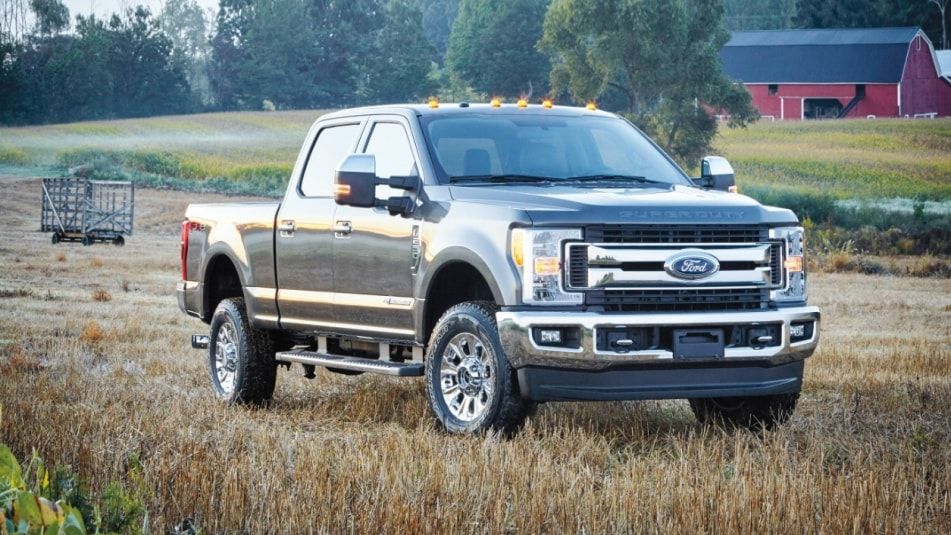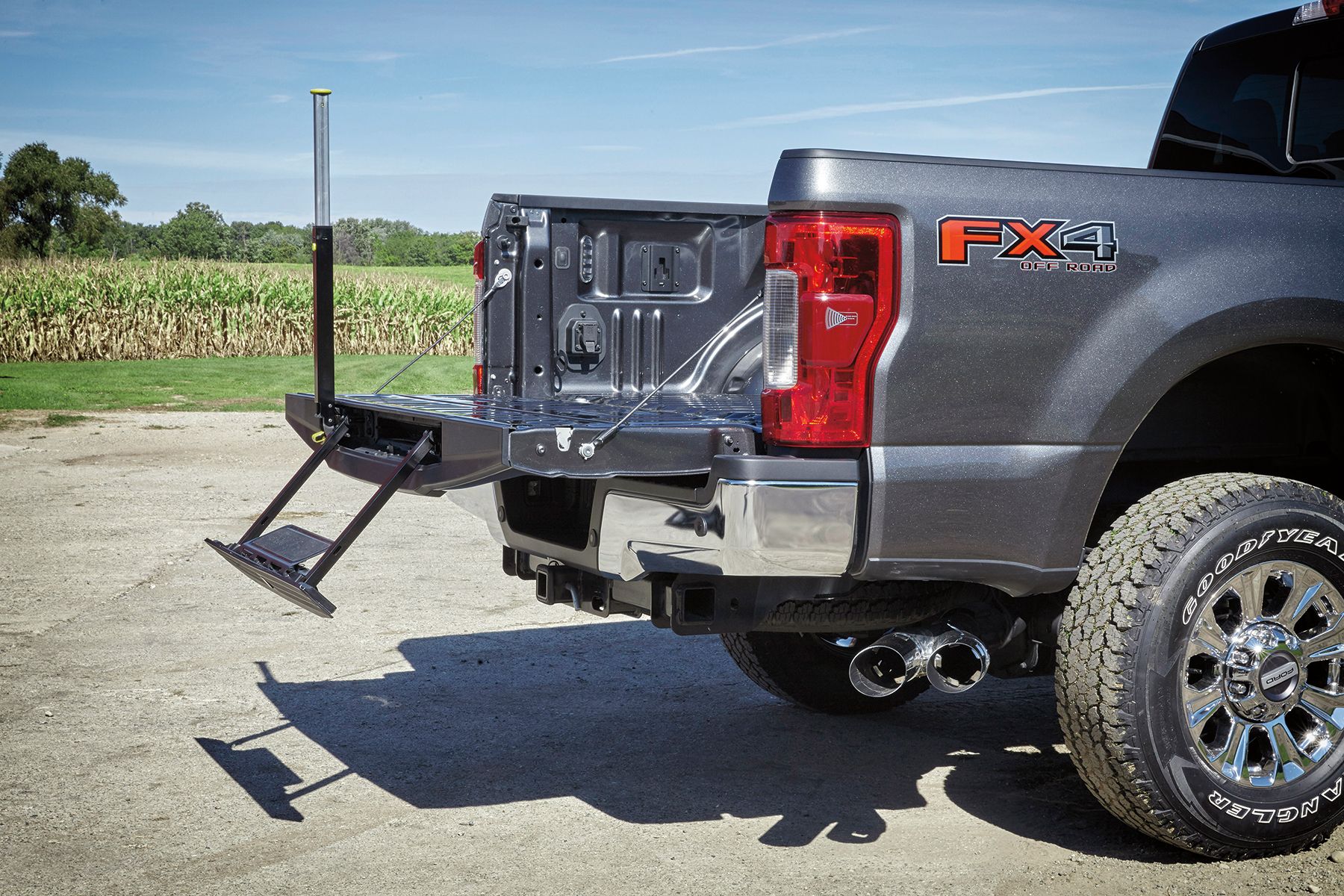Pickups are not uncommon in the states. A huge chunk of the sales registered by Ford and Chevrolet are their trucks; both light and heavy-duty. Ford has been on top of the game as one of the best truck manufacturers in the United States.
Fords are usually robust and reliable when it comes to building quality. But, in light of recent events, a lot of talks have been revolving around what is called, Death wobble; a terrifying experience that could potentially be life-threatening. The issue at hand is largely associated with Ford’s Super Duty F-250 and F-350, and originates from the premature wear and tear of steering and suspension components.
With customers running amuck without much help from dealers, we intend to shed some light on all those who are affected or possibly may get affected by discussing why it happens and what can be done to it.
Updated July 2022: We have updated this article to shed more light on the Ford Death Wobble, its causes, and solutions to get rid of this danger.
Death wobble is the violent shaking of a truck after hitting a pothole whilst cruising at highway speeds. Causes range from misaligned wheels to worn-out steering and suspension components. Solutions or fixes depend on what the causes are upon diagnosis.
A Closer Look At Infamous Ford Death Wobble
It’s not uncommon for vehicles to sway about during high speeds. Cars with poor downforce usually tend to be floaty and less controllable. That is fine as it is general physics and nothing mechanical. However, the death wobble in question is a mechanical issue that makes the truck violently shake when driven over a small crack at moderate speeds. The truck experiences a state of no control and the driver is forced to slow down.
As per customers, the death wobble usually occurs at speeds around 60 -70 mph, and once it starts the steering is dead with no control whatsoever, unless the speed is reduced. It has been known to affect the F-Series trucks from as early as 2005 and is a serious threat to the safety of its occupants as well as fellow motorists.
Even though a lot of complaints have been filed as per the NHTSA, there is no sign of Ford issuing a recall and owners have to shell out from their pockets if anything were to happen. As a slight relief, however, Ford has advised dealers to replace the steering damper, if someone were to come to their doorstep with a death wobble as a concern. It should be noted that only the trucks from 2017 to 2019 are entitled to this while the rest of them are left in the dark.
Lawsuits Filed Due To Death Wobble Plaguing Various Ford Trucks
With thousands of owners left unanswered, people started questioning the trust in Ford as a brand. A recent class-action lawsuit filed against Ford in 2019, states the issue is linked to increasingly worn-out steering and suspension components.
Furthermore, the California Consumer Attorney points out that the lawsuit alleges “Ford knew about components within the 2005-2019 F-250 and F-350 suspension systems being prone to failure, but failed to properly address the issue nor notify customers about it” The issue has taken the interest of many television broadcasters and news channels, with many interviewing several of the owners who happen to have encountered the dreadful experience.
Cause And Solution Of Ford Death Wobble
As per the lawsuit, the death wobble is associated with premature wear or loosening of the track bar joint, control arms, shocks, or a finicky steering dampener. This is more of an overview as to what can happen and most cases generally have either one or a combination of one or more defects as the cause. Apart from these, many mechanics have found other causes like worn-out tie rod bushings of the control arms, tire wear, warped brake rotors, alignment, and worn parts on the front end like suspension and steering linkages to cause death wobble.
Solutions include stuff like checking the track bar joint for excessive play and overall checkup of loose nuts and bolts. Other minor fixes include checking and replacing the bottom pivot joint, and outer tie rod bushings. Even then if you find the issue at large, it could end up costing a lot of money. Ford updated the newer trucks with beefier suspension and brakes but did not go through to updating the rest of the components. This results in these (relatively old) components wearing out due to the added heft from the newer components.
According to Powersrtokehelp, swapping in new linkages for the suspension and steering (end link and drag link), new bushings on the upper ball joints, installing dual Bilstein steering dampeners along with a new set of shocks did prove to be worthy. Along with this, they went on to do an alignment which brought some issues to their notice.
While toe and camber were okay as per the factory spec, the amount of caster needed fiddling about. As per Ford, the caster should be between 1.8 to 4.4 degrees, folks at Powerstrokehelp went with +4.7 on the left and +5.7 on the right which, according to them made a world of difference. Although steering at lower speeds became harder, it resulted in much better stability at highway speeds.
Sources: Powerstrokehelp, Ford, NHTSA




